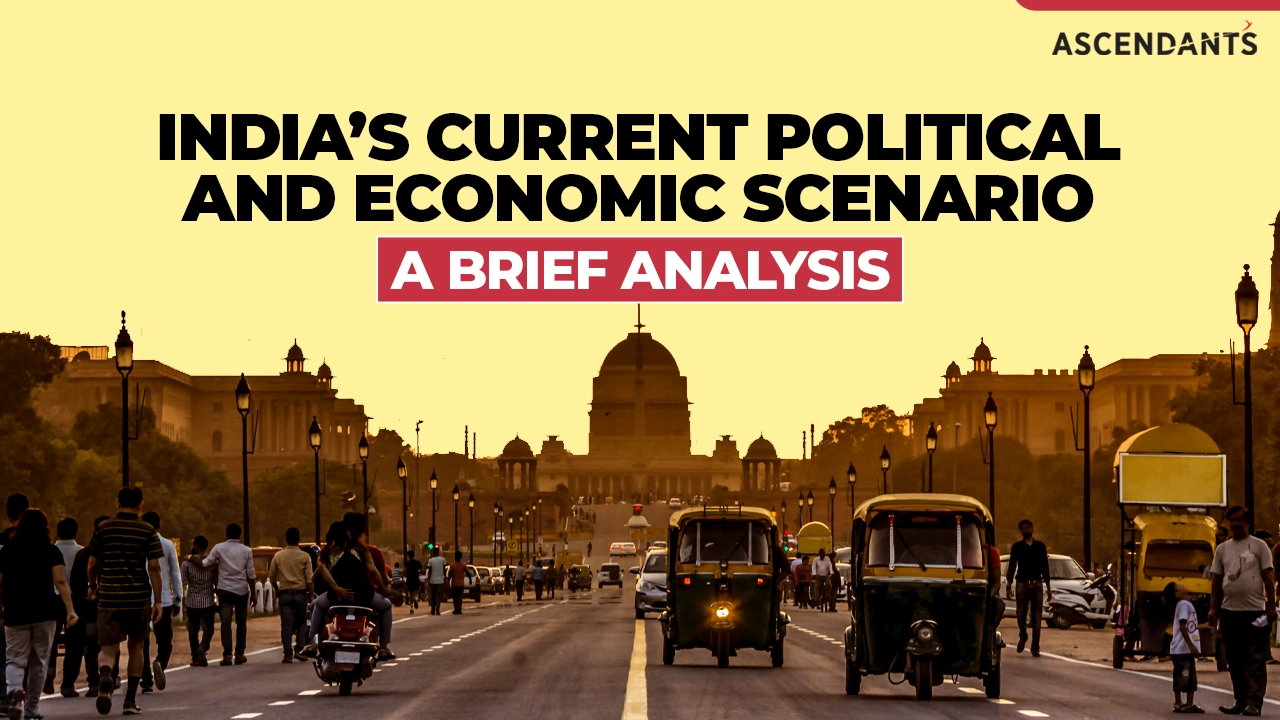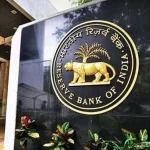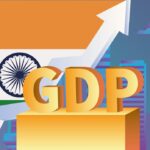India is now facing a split in its politics and economy. This gap is slowing its goals for growth since political fights often block real progress in key areas such as making goods, tech, and new jobs. Long-time issues have led to lost chances for growth and a pause in moving ahead.
The political split and its impact
Politics in India centres around two big ideas. One group wants to bring Hindu groups together to get more votes, putting faith before change in the economy and society. The other side uses caste-based help and social fairness to win over people who feel left out, mainly to fight against Hindu divide. This split takes away from key goals for growth, affecting both the economy and tech advancement.
Neglect of key issues
Problems in making goods:
Plans like ‘Make in India’ have mostly been just talk and have not made a real change. Local making of goods is still weak, making India rely more on other countries.
Slow growth in tech:
Even with ‘Digital India,’ rural parts still do not have strong internet and tech tools. These gaps let countries like China take the lead in world markets, weakening India.
India-China trade gap: Growing reliance
India-China Trade Gap: Growing Reliance
The trade gap with China has grown a lot over time, showing India’s rising need for goods from China. In 2013, India sent $15 billion worth of products to China but took in $51 billion, leading to a gap of $36 billion. By 2022, this gap got much bigger, with India selling only $17.5 billion to China and buying $100 billion, which made the gap $82.5 billion. This ongoing gap shows the problems India has with its own making of goods and the urgent need for changes to be less reliant on imports.
Let’s look at the trade gap over the years:
2013:
Exports to China: $15 billion
Imports from China: $51 billion
Trade Gap: $36 billion
2014:
Exports to China: $16.4 billion
Imports from China: $58.2 billion
Trade Gap: $41.8 billion
2015:
Exports to China: $13.4 billion
Imports from China: $58.3 billion
Trade Gap: $44.9 billion
2016:
Exports to China: $9 billion
Imports from China: $59 billion
Trade Gap: $50 billion
2017:
Exports to China: $10.2 billion
Imports from China: $68.1 billion
Trade Gap: $57.9 billion
2018:
Exports to China: $16.3 billion
Imports from China: $76.4 billion
Trade Gap: $60.1 billion
2019:
Exports to China: $17 billion
Imports from China: $74.9 billion
Trade Gap: $57.9 billion
2020:
Exports to China: $19 billion
Imports from China: $77.7 billion
Trade Gap: $58.7 billion
2021:
Exports to China: $21.2 billion
Imports from China: $94.6 billion
Trade Gap: $73.4 billion
2022:
Exports to China: $17.5 billion
Imports from China: $100 billion
Trade Gap: $82.5 billion
This rising trade gap highlights the issues India faces in trying to cut down on imports and boost its local making of goods.
Populist freebies and Money Issues
The habit of giving away freebies to score votes is stressing state budgets. These quick fixes drain money from long-term plans, leading to a big money problem in many states and slowing growth.
Fast Population Growth and Job Loss
Fast Population Rise:
India’s people are growing faster than its roads and resources can handle.
Job crisis:
There are not enough jobs for young people, leaving many without work and feeling unhappy. This leads to social problems and economic issues.
Weak Institutions and Lack of Accountability
Media Bias:
Mainstream media often fails to check on the ruling side, making it hard to hold anyone accountable.
Judiciary’s inaction:
The courts not acting on big issues raises doubt about their independence.
Weakening of civil society:
Groups that once stood for accountability are mostly quiet now, which harms democratic checks.
Ways to improve
Policy stability and action:
We should move from just talking about plans to really doing them. There should be better joint work between central and state governments to finish projects on time.
Education and skill training:
Increase good education and job skill programs. Strengthen small businesses to help offer more jobs.
Reviving making goods:
Take real steps under ‘Make in India’ to lessen import needs and boost global competition. Improve roads and tech to help local production.
Step away from identity politics:
Focus on real growth that helps all instead of divisive moves. Cut the trend of unsustainable freebies and use funds for roads and new ideas.
Conclusion
India is at a key point, dealing with political divides, economic stalls, and social strife. The focus on divisive politics and quick fixes has pushed aside vital areas like making goods, tech, and job growth. These misses have let rivals like China grow their power in India’s markets.
To find its way back to growth, India must put key policies first, build up institutions, and think about nation-building. By facing the main challenges and bringing back accountability, India can rise above its problems and build a stronger future.





